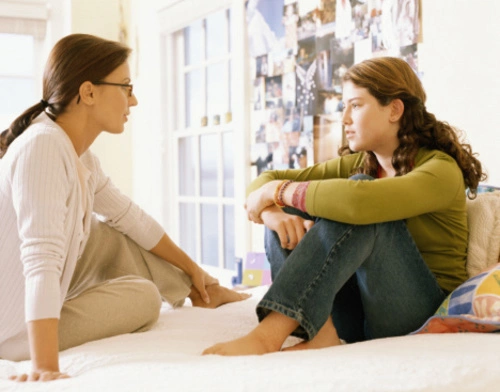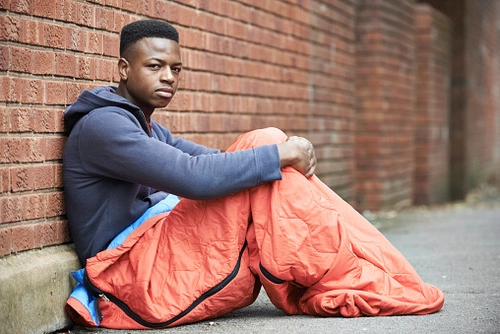1. Select a discrete app icon.

notes
Dating and Domestic Violence
Leading facts and statistics related to dating and domestic violence.
- Apr 07, 2015

A lot of domestic violence focus is on adult relationships, yet the most common age in which intimate partner violence first occurs is 18-24 years old for both women and men. For women, the next most common age is 11-17 years old. Kids are most likely to talk about it with their friends rather than their parents, so if you are a parent make sure to read these articles about Children and Teen violence.
43% of college women report experiencing abusive dating behaviors including physical, sexual, tech, verbal or controlling abuse; the most common abusive behavior experience is controlling behavior (32%), physical (22%) and sexual (22%). Source: Fifth & Pacific Companies, Inc. Conducted by Knowledge Networks, (December 2010), “College Dating Violence and Abuse Poll”.
Teens report an even higher occurrence of abusive dating behaviors including physical, sexual, tech, verbal or controlling abuse; the most common abusive behavior experience is controlling behavior (47%), physical/sexual (29%) and tech (24%). Source: Fifth & Pacific Companies, Inc. and Family Violence Prevention Fund. Conducted by Tru Insight, (June 2009), “Teen Dating Abuse Report”.
Threats of suicide or self-harm is the leading reason why a college student who is an abused partner stays in the relationship (24%). The next most common reasons are afraid of losing friends (20%) and dependent on abuser financially (12%). Source: Fifth & Pacific Companies, Inc. Conducted by Knowledge Networks, (December 2010), “College Dating Violence and Abuse Poll”.
Among those college students that experience an abusive relationship, 70% did not realize at the time they were in an abusive relationship, 60% said no one stepped in to try to help them and 42% kept the abuse private and didn’t tell others about it. Source: Fifth & Pacific Companies, Inc. Conducted by Knowledge Networks, (December 2010), “College Dating Violence and Abuse Poll”.
Dating abuse ranks dead last on a list of topics parents most commonly discuss with their teens: school/grades (95%), money (90%), the economy (83%), family finances (78%), dating relationships (72%), alcohol (71%), drugs (71%), sex (64%) and dating abuse (31%). Source: Fifth & Pacific Companies, Inc. and Family Violence Prevention Fund. Conducted by Tru Insight, (June 2009), “Teen Dating Abuse Report”.
52% of college students know someone in an abusive relationship yet only 8% see it as a major campus problem and many don’t intervene for the following reasons: think it will make the matter worse (62%), feel it is not their business (60%), think it will hurt their relationship with the victim (60%), they know the abuser (56%), and afraid the abuser might make their life more difficult (56%). Source: Fifth & Pacific Companies, Inc. Conducted by Knowledge Networks, (December 2010), “College Dating Violence and Abuse Poll”.
Teens that have witnessed violence within their own family are 50% more likely to be involved in an abusive relationship themselves. Source: Fifth & Pacific Companies, Inc. and Family Violence Prevention Fund. Conducted by Tru Insight, (June 2009), “Teen Dating Abuse Report”.
Violent relationships in formative years can have serious ramifications by putting the victims at higher risk for substance abuse, eating disorders, risky sexual behaviors and further domestic violence. Source: Decker M, Silverman J, Raj A, 2005. Dating Violence and Sexually Transmitted Disease/HIV Testing and Diagnosis Among Adolescent Females. Pediatrics. 116: 272-276.
Looking for someone to speak with? Enter your location to find phone numbers for domestic violence experts in your area.
Have a question about domestic violence? Type your question below to find answers.










